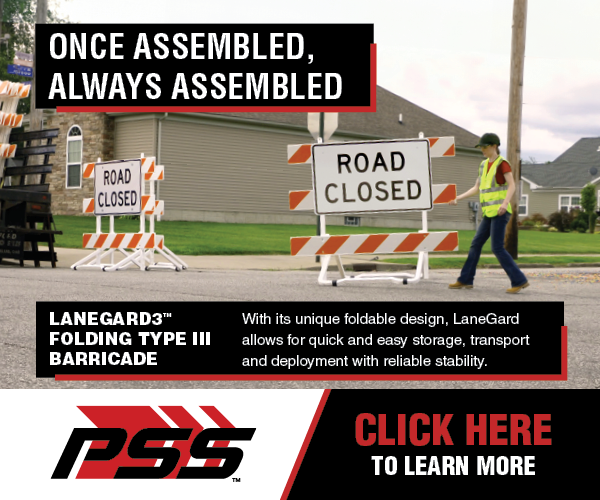Fleet managers strive to achieve standardization in their fleet vehicles and equipment to streamline fleet processes such as:
- Parts and inventory management
- Technician training and repair times
- Specialty tool purchases
- Procurement and RFP processes
- Operator training and proficiency
As fleet departments and managers try to keep up with economic and business challenges, there are some serious factors to consider when discussing the need to switch vendors and manufacturers. Here we seek to highlight some challenges you may face and a basic strategy for navigating this change that influences personnel, processes, and organizational culture.
Reasons to Consider the Change
Some of the biggest constraints in the fleet environment include supply chains and logistics, strained parts support, and a deteriorating service environment. While some of these may not be your specific reasons for considering a change, you must consider the impact on your department and organization on how you can properly plan for and implement change. In any change initiative’s preparation and planning phase, gathering all the facts is the first and most critical step. Some of the key points you want to address are:
- Why do I need a department change (be honest and determine the root cause)?
- How will this impact the organization now, in one year, three years, and five years?
- What possible internal changes will be required?
- New technician and operator training
- New specialty shop tools
- Training and altering parts and inventory operations
- Different or retrained administrative positions
- How will this help me better serve the client (and the community in a public service organization)?
While this is just the tip of the iceberg, it gives you a great starting point as to the considerations of what will be a culture shift due to changing manufacturers and vendors. It is highly advised that you don’t consider a change in manufacturer solely on price and cost in the fleet economy. A higher value than ever is being placed on the support services that manufacturers and suppliers provide, and you must be able to analyze the realized value of the services you’re provided. While this can pose different challenges in public and private organizations, it’s important to be able to present the comparisons effectively to any high-level decision-makers.
Enacting and Sustaining Change
Many studies have shown that improperly planned and implemented change initiatives have a nearly 70% failure rate. A heavy weight is placed on the planning and implementation stage, and this goes for the fleet environment as well. With extra long lead times in equipment and vehicle ordering, recall and warranty parts replacement, and overloaded shops that are seeing high turnover and low retention rates, it’s no wonder people are continually seeking new solutions.
While enacting change, make sure you adhere to your original plans and goals and don’t change course when you hit roadblocks unless you have no other choice. As you’re working through change, building and fostering strong partnerships with new manufacturers and suppliers is vital. Here are some other tips for success in making the necessary manufacturer changes:
- Communicate with your staff—frequently! When they have questions, answer authentically and be honest. Also, make sure you hold regular meetings with your staff and dedicate the time to being in tune with their concerns or problems with implementing the change.
- Evaluate your progress and determine areas where you need more support and resource allocation.
- Build on the small wins to achieve the big ones, which also help grow personnel support and leadership buy-in for change initiatives.
When you’re moving towards sustaining change, continue communicating and strategizing with your staff and growing your partnerships with manufacturers and suppliers. Discuss progress, successes, failures, challenges, or opportunities to continually refine and improve your fleet processes.
Be Aware, and Reflect
As a fleet manager, one of the most important choices you can make is to be aware of market conditions including manufacturer success and challenges, changing political and regulatory objectives, workforce data, and financial planning and budgeting. Also, take this opportunity to observe and study the culture within your organization and seek out any issues that may be present so that you can address them before they grow and create bigger concerns. Lastly, make sure you’re performing feedback sessions with your staff to gain a holistic view of manufacturer and supplier performance, and consider the following personnel as key stakeholders in the process:
- Parts managers and personnel
- Fleet managers and administrators
- Technicians and support staff
- Equipment and vehicle operators
- Department leaders from affected operations
Don’t underestimate the strength of a manufacturer transition in a standardized environment! Be open-minded and have the willingness to change for new opportunities.


